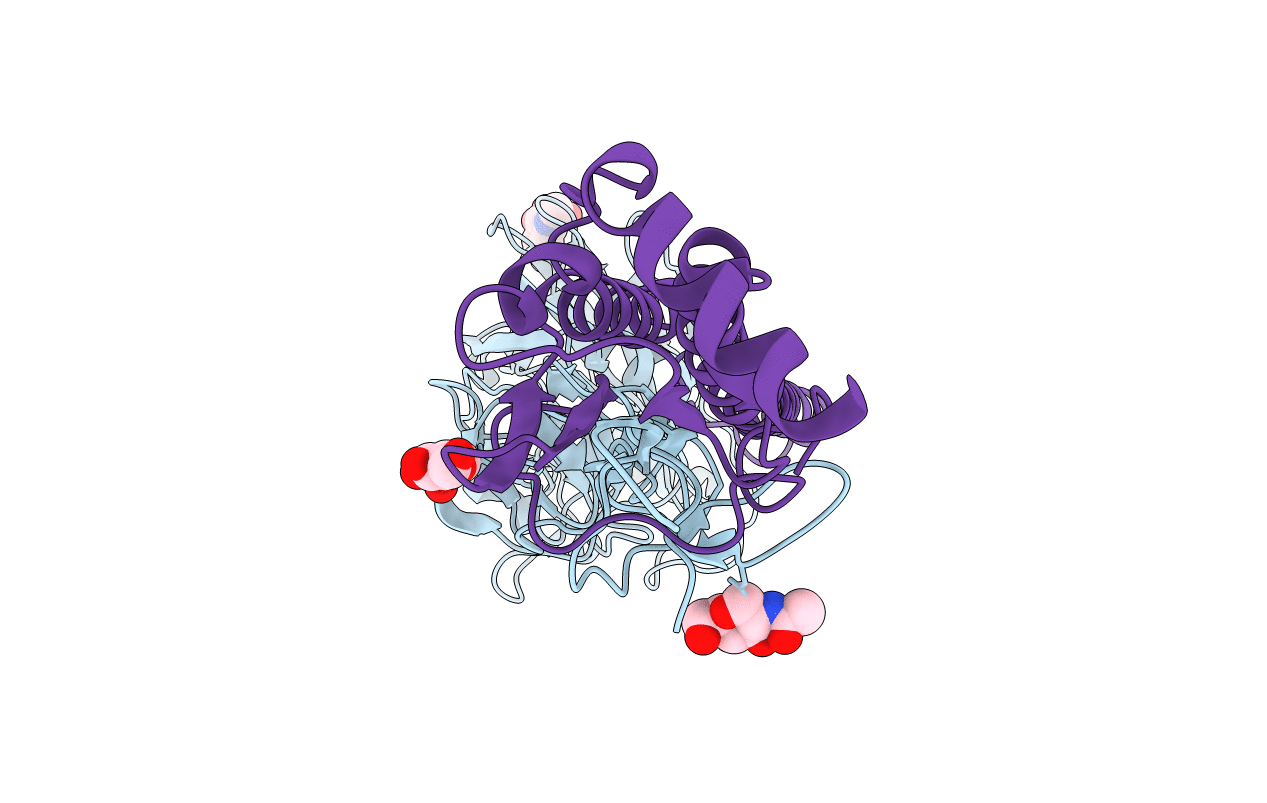
Deposition Date
2015-10-01
Release Date
2015-12-02
Last Version Date
2024-10-23
Entry Detail
PDB ID:
5E32
Keywords:
Title:
Crystal structure of H5 hemagglutinin mutant (N224K, Q226L, N158D and L133a deletion) from the influenza virus A/chicken/Vietnam/NCVD-093/2008 (H5N1)
Biological Source:
Source Organism:
Host Organism:
Method Details:
Experimental Method:
Resolution:
2.70 Å
R-Value Free:
0.23
R-Value Work:
0.19
R-Value Observed:
0.19
Space Group:
P 6


